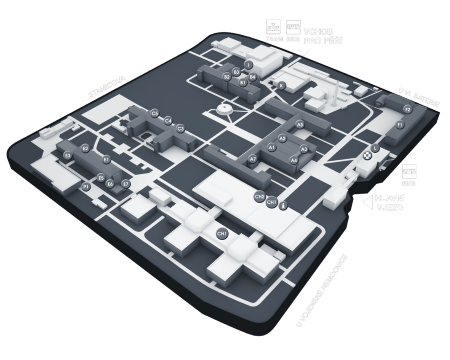There are three general indications:
- when I want to apply something there
- when I need to take blood samles
- when I want to measure something
Techniques of cannulation in general:
Through-the-needle – catheter insertion through a puncture needle.
Over-the-needle – puncturing the required space (blood vessel, trachea ...) using a "set" consisting of a needle and a custom catheter/cannula "threaded" over the needle. After needle insertion, the catheter is slide over the needle into the desired vessel.
Seldinger technique - a method of cannula insertion begining with puncture of the required space (blood vessel, trachea ...) using a needle, followed by insertion of a guide wire, followed by dilatation of the subcutaneous structures, and finally catheter/cannula insertion over the guide wire.
The basic access to the vascular system is peripheral vein cannulation. If peripheral venous circulation is insufficient or inaccessible or for the administration of irritating drugs (hyperosmolar solutions such as parenteral nutrition, concentrated electrolytes, chemotherapeutics etc.) we usually choose central venous cannulation. In urgent situations, especially in pre-hospital settings, an intraosseous cannula is a suitable alternative to peripheral vein cannulation. A special category is long-term venous cannulas used to administer medications over a number of weeks/months without the risks associated with CVC.
Maximum flow rates (indicative) through individual types of cannulas:
|
Type |
Flow |
|
PERIPHERAL CANNULA 24G - yellow 22G - blue 20G - pink 18G - green 16G - gray 14G - orange
|
24 ml/min 35 ml/min 60 ml/min 105 ml/min 210 ml/min 345 ml/min |
|
INTRAOSSEOUS CANNULA 15G – red (1.5cm) 15G – blue (2.5cm) 15G – yellow (4.5cm)
|
Variable (20-200 ml/min) |
|
CENTRAL VENOUS CATHETER (depending on the number, width and length of the lumens 18-14G)
|
35-70 ml/min |
|
"HIGH FLOW" CATHETER (high-flow central venous catheter)
|
+/- 400ml/min |



